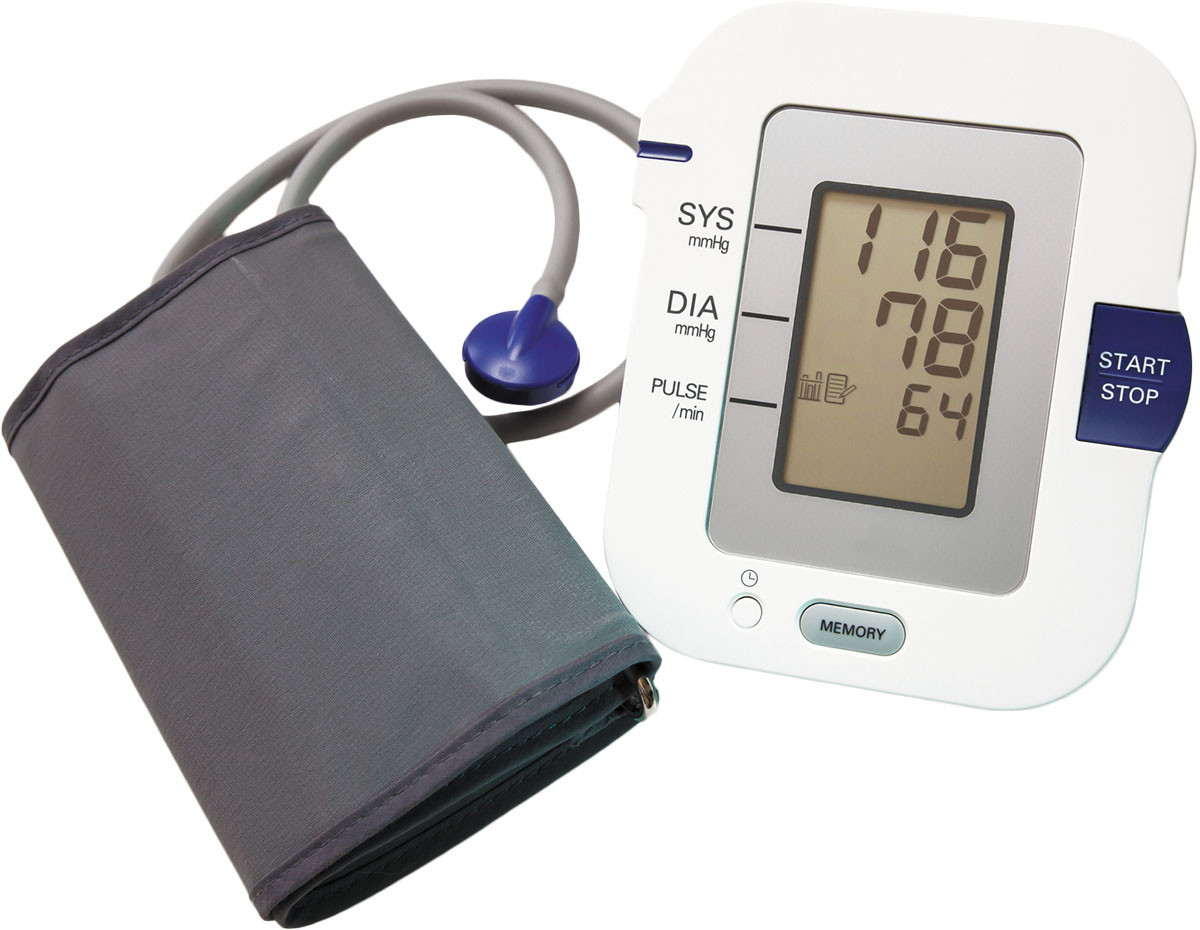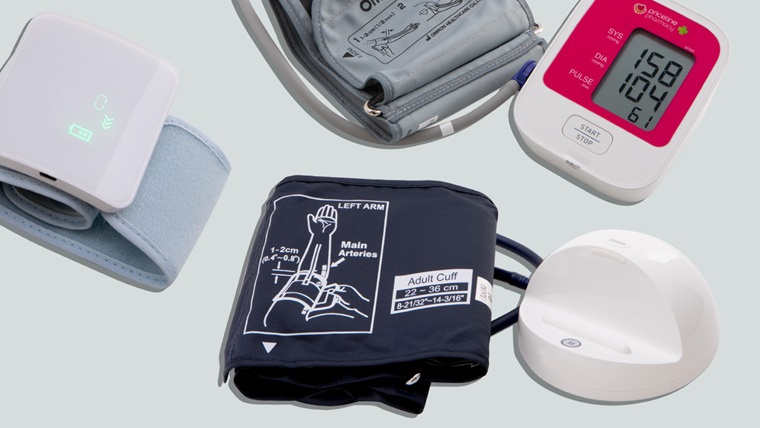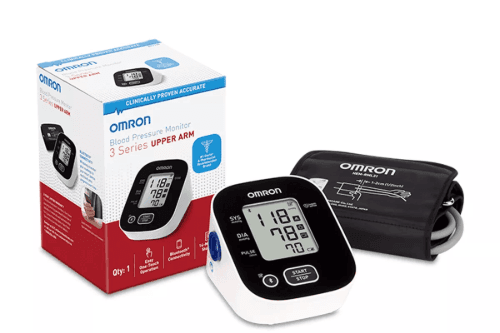


Date: 07 Nov 2025
Maintaining proper blood pressure is critical for overall health, and choosing the right monitor online requires more than simply picking the first option you see. With many models available, you’ll want to evaluate the purpose, quality, features, usability, and cost of a device before purchasing.
This guide will walk you through everything: why monitoring at home is important, the different types of monitors, key features to look out for, and the best-selling models in 2025—all so you can make an informed decision for your health.
Home blood pressure monitoring gives you the ability to track your readings regularly in your own environment—this helps reduce the so-called “white-coat effect” (when readings are artificially high at the doctor’s office).
It allows you to see trends over time, so you or your healthcare provider can spot rising systolic or diastolic pressures before they become serious. Consistent at-home monitoring also empowers you to take control of your health, make lifestyle adjustments (diet, exercise, stress reduction) and verify whether medications you take are working effectively between clinic visits.

Digital monitors are easy to use and increasingly popular for home use. An upper-arm digital monitor wraps around your bicep, inflates automatically, and displays systolic/diastolic pressures plus pulse rate. The model sold by Microlife BP W1 (wrist) is described as both compact and clinically tested for accuracy.
Wrist digital monitors offer portability and convenience and are ideal if you travel often or have large arms that make upper-arm cuffs awkward. However—they can be more sensitive to positioning (you must keep the wrist at heart level) and may deliver less reliable results if not used exactly correctly.
Manual monitors require you to inflate a cuff (either via bulb or pump) and use a stethoscope to listen for the Korotkoff sounds, or read a Mercury column. This is the gold-standard method in many clinical settings.
An aneroid monitor (dial gauge) offers a portable alternative to mercury but requires calibration. The Microlife BP AG1-30 Aneroid Kit is a manual upper-arm device, packaged with a cuff, gauge and “easy-to-read” manometer.
While manual devices can be highly accurate, they demand more skill to use properly—so if you’re not comfortable with stethoscopes or manual readings, a digital monitor might be a better home option.
The correct cuff size is vital for accurate readings. A cuff that’s too small will falsely raise your readings; too large might yield readings that are too low.
When buying online, check the product page to confirm that the cuff fits your upper-arm circumference (for upper-arm models) or wrist circumference (for wrist models). Some monitors come with universal cuffs (e.g., 22–42 cm) which suit many adults. The Microlife BP B3 AFIB monitor lists a cuff range of 22–42 cm.
Having memory storage means the device saves previous readings so you can track trends over days or weeks rather than relying on one-off measurements. This is especially useful if you’re sharing the results with a healthcare provider or comparing morning vs. evening readings.
Look for features like memory slots for multiple users, date/time stamps, and averages calculated over a period (e.g., 7-day averages) to give you a broader view of your blood pressure control.
Accuracy is critical—an incorrect reading can lead to false reassurance or unnecessary alarm. When choosing a monitor online, check whether the model is clinically validated by standard organizations (such as the European Society of Hypertension or the British Hypertension Society).
The Microlife BP B2 Easy Digital Monitor is described as “clinically tested for accuracy and reliability in home blood pressure readings.”
In Kenya, buying from a trusted online pharmacy like Pharmily ensures you receive genuine devices that meet regulatory standards (they list their medical equipment catalogue clearly).
Modern monitors offer connectivity options—which allow your BP readings to sync via Bluetooth to a smartphone app, making tracking and sharing data easier. This can be especially helpful if you have multiple users in the household or want your doctor to view your readings remotely.
When shopping online, check for features like:
If you intend to monitor your blood pressure frequently and digitally track trends, a monitor with connectivity is a worthwhile investment.

Here are some of the top models currently available via Pharmily in Kenya (links go to product pages):
If you consistently record systolic (top number) readings above 140 mmHg or diastolic (bottom number) above 90 mmHg (or as otherwise instructed by your doctor) at home, you should consult your doctor. Also seek urgent advice if you get a very high reading (e.g., over 180/120 mmHg) or symptoms like severe headache, chest pain, shortness of breath or vision changes. Home monitoring complements—but does not replace—the judgment of a qualified healthcare provider.
Even home monitors need care:
Choosing the right blood pressure monitor online requires thoughtful consideration of your personal health needs, the type of device, cuff size, memory and connectivity features, and the validation of the model. Monitor your blood pressure at home, use the same arm and similar time of day for each reading, and share trends with your healthcare provider.
The models listed—from Omron M2 and Microlife B2 to the advanced Microlife B3 AFIB—offer trusted choices in Kenya via Pharmily, making it easy to select a device that fits your lifestyle and budget. By selecting wisely and measuring correctly, you’re taking a significant step toward proactive cardiovascular health.
Q1: Is a wrist blood pressure monitor as accurate as an upper-arm one?
A: Wrist monitors are generally more convenient and portable, but they are more sensitive to positioning errors. To maximise accuracy, always keep the wrist monitor at heart level and remain still during measurement. For highest reliability, upper-arm monitors are preferred.
Q2: How often should I measure my blood pressure at home?
A: It depends on your health status. If you have hypertension or your doctor asks for daily tracking, measuring once in the morning and once in the evening for 7 consecutive days (and then monthly) can be useful. For healthy individuals, measuring a few times a week may suffice. Always follow your healthcare provider’s recommendation.
Q3: Can I share my blood pressure monitor with family members?
A: Yes — provided you reset the user memory (if applicable) or record separately for each person (date, time, reading). Ensure the cuff fits each person properly; if one family member has a much larger or smaller arm, you may need a different cuff size or monitor designed for both.
Q4: Do I always need to buy the most expensive model?
A: Not necessarily. The key is that the device is clinically validated, has the right cuff size, and you will use it correctly. If you don’t need advanced features like Bluetooth connectivity or AFIB detection, a simpler, reliable monitor may suffice. Consider what features you’ll actually use.